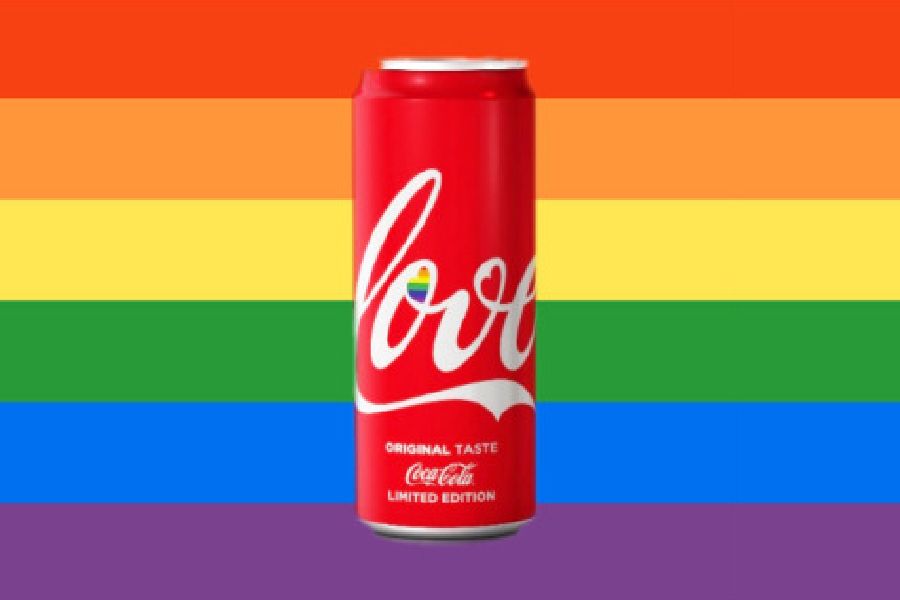Communication has always sought to develop an emotional dialogue with the consumer, establishing a bond that went beyond mere trade, but made the brand something more than a simple product.
Nowadays, with the advent of new technologies, communication has undergone a drastic evolution, becoming not only more immediate, but viral and hybridized by a choral participation, in which the consumer becomes part of the communication process of the product. It is because of this bland symbiosis that brands have to take a side on current and important issues.

As Francesco Cardinali's article in the magazine MIND tells us, brands can no longer stay and watch what the public thinks, says and does, but they have to choose which side to stand on and they have to declare it. Sometimes screaming it, as Coca Cola did in the period of Pride Milan, the historic march of homosexual pride, when it chose to create a can that would represent universal love, openly taking the side of rainbow couples, beyond any prejudice. Certainly, taking a clear position on such a delicate issue is not a decision without repercussions, especially from the point of view of image and reputation, but staying in a corner is no longer possible.
Faced with this brave change of attitude of some brands, the informed users should go beyond their own ideas and what they think is right and wrong and just look with admiration at the new course that brands are taking.
Companies are accompanied by communication, which no longer wants to tell the story of the product to be placed on the market, but want to explain its soul and the soul of those who stay behind it, because a brand is made of people, people are made of ideas and ideas are powerful.
So, in the social world, where users can interact more and more with the brand, brands are starting to take sides, without fear of losing consensus, but with the certainty of having a defined and courageous identity and showing the market a human siden which is too often forgotten.


 For any request, please do not hesitate to contact us
For any request, please do not hesitate to contact us Keep in touch with Agenzia Brand
Keep in touch with Agenzia Brand